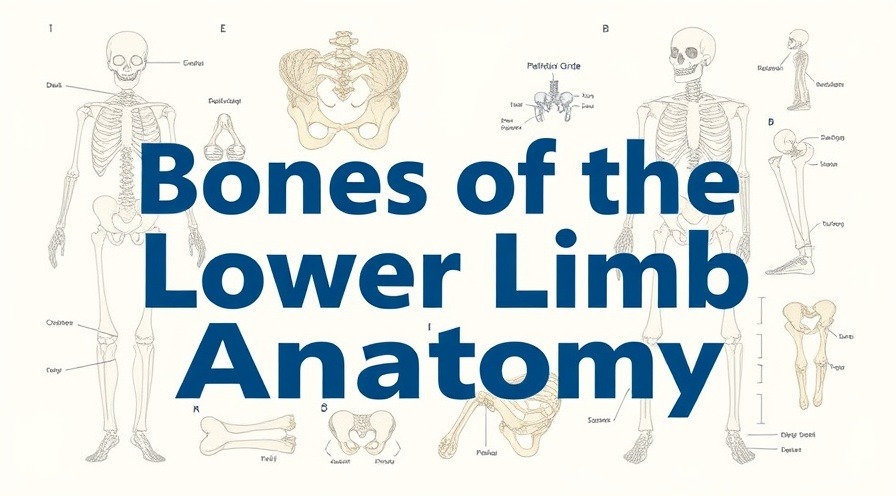
The Hidden Risks of Stroke and How to Combat Them
Stroke is a frightening reality that looms over many of us. It can feel like an inevitable fate, largely out of our control. However, as experts like Dr. Eduardo Sanchez from the American Heart Association and Dr. Molly McDermott from the University of Michigan have discussed, the truth is that many risk factors for stroke can be controlled. It’s time for health-conscious adults to understand how they can lower their risk.
In 'You can lower your stroke risk. Here's how,' the discussion dives into actionable strategies for lowering stroke risk, exploring key insights that sparked deeper analysis on our end.
What Are the Unmodifiable Factors?
Before we delve into what we can manage, it's vital to recognize what we can’t control. Genetics plays a significant role in our health; therefore, some risk factors are simply part of the hand we've been dealt. Knowing this, we can focus on the risk factors that are modifiable. Dr. McDermott emphasizes that these include hypertension, smoking, diabetes, diet, physical inactivity, obesity, high cholesterol, atrial fibrillation, and sleep apnea. Understanding these factors is the first step toward preventing strokes.
Empowering Control Over Blood Pressure
Among the modifiable factors, high blood pressure and smoking emerge as critical points of concern. Dr. McDermott eloquently explains that high blood pressure can silently wreak havoc on our brain over time. This makes monitoring and maintaining blood pressure essential in stroke prevention. Moreover, smoking is an obvious enemy to both heart and brain health; fortunately, support for cessation is often available, making this a vital area for improvement.
The Power of Physical Activity and Nutrition
With much of society moving towards a more sedentary lifestyle, it’s crucial to find ways to incorporate activity. Dr. McDermott suggests even simple actions, like a brisk walk a couple of times a week, can significantly lower stroke risk. Additionally, the Mediterranean diet, which emphasizes wholesomeness through fruits, vegetables, healthy fats, beans, and seafood, is recommended for both heart and brain health. It’s a simple yet enjoyable way to help prevent serious health issues.
Considering Hormonal Birth Control Risks
For women, the conversation shifts to hormonal birth control. While these methods can offer numerous benefits, it’s essential to discuss the slightly elevated risk for stroke they may present, particularly for those who smoke. Empowering women to communicate this with their healthcare provider can create a more tailored approach to health and well-being.
Stress: An Often Overlooked Factor
In today’s fast-paced world, stress is an all too common challenge, especially for women managing multiple responsibilities. While lowering stress might sound easier said than done, integrating counseling or even light exercise can help. Dr. McDermott shares an encouraging insight: take small, realistic steps to incorporate movement into your day. Finding ways to prioritize mental well-being is just as crucial as fostering physical health.
Preventing a Second Stroke
For those who have already experienced a stroke, the focus should shift towards secondary prevention. Understanding what caused the initial stroke is vital. Tailoring treatments like blood pressure control and cholesterol management based on individual circumstances can significantly reduce the chances of another stroke.
Take Control of Your Stroke Risk Today!
As we glean insights from the discussion in the video “You can lower your stroke risk. Here's how,” it’s evident that proactive management of health can make a significant difference. From adjusting your lifestyle to monitoring health more closely, taking action is crucial. Understanding and controlling risk factors such as high blood pressure and smoking are fundamental steps in reducing stroke risk.
So, take a moment to evaluate your health: Are you watching your blood pressure? Have you considered improving your diet or even just moving more? Every small change can lead to significant improvements in your health and well-being. Together, let’s prioritize our health and take action today for a healthier tomorrow.
 Add Row
Add Row  Add
Add 




Write A Comment